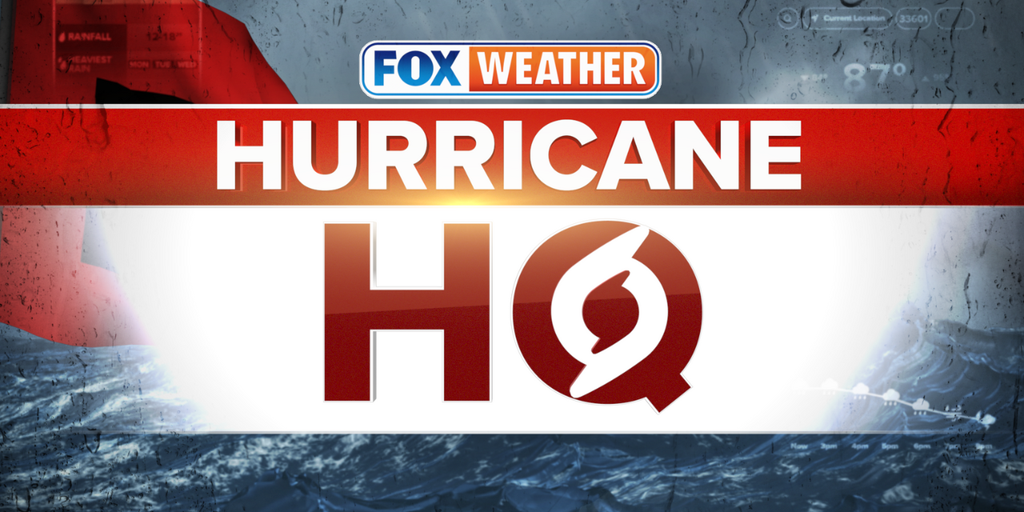The Ebb and Flow of Tropical Activity: Understanding a Lull in Hurricane Season
As summer beckons with its sweltering embrace, an unusual calm prevails in the tropical Atlantic. The sea—a historically tempestuous stage for hurricanes—seems to exhale a breath of quietude, a rarity indeed. Experts who meticulously track atmospheric patterns and ocean temperatures have turned their attention to this unexpected lull, fueled in part by Saharan dust and uncharacteristically cool ocean currents. Could this be a mere hiatus before the storm, or a harbinger of an unusual hurricane season?
The Dynamics of the Current Season
This season, the tropical Atlantic is predominantly adorned with Saharan dust, known for its role in suppressing tropical cyclone development. According to Dr. Maria Elvira, a climatologist at the Atlantic Weather Research Institute, “Saharan dust absorbs moisture in the atmosphere, creating conditions that are generally hostile to hurricane formation.” This phenomenon, combined with stronger-than-normal trade winds and lower sea surface temperatures, has raised eyebrows among meteorologists.
Cooling Waters and Stifled Development
The current state of the ocean is a vital player. Data from the National Oceanic and Atmospheric Administration (NOAA) indicates that parts of the Atlantic, which are traditionally warm enough to fuel hurricanes, are significantly cooler than in previous years. “The dropping water temperature can drastically affect storm potential,” says Dr. Patrick Samuel, a leading oceanographer. “A cool Atlantic means fewer and weaker storms.”
- Saharan Dust: Acts as a moisture absorber, inhibiting storm development.
- Trade Winds: Stronger winds are contributing to turbulent ocean conditions.
- Cooling Ocean Temperatures: Slower heating of the sea surface may lead to less favorable conditions for hurricanes.
Despite these factors, it’s essential to remember that the absence of hurricane activity this early in the season does not signal a drought. According to historical data, “There have been years where the first hurricane doesn’t develop until late September, only for the tropics to explode with activity soon after,” explains Dr. Elvira. This was evident in 2022 when Hurricane Ian made landfall in late September, wreaking havoc across Florida.
The Role of Atmospheric Conditions in Tropical Development
Examining the layers of the atmosphere reveals more secrets about this year’s quiet period. While the lower atmosphere is relatively tranquil, hostile upper-level winds have been sweeping across the Gulf and Caribbean, providing additional barriers to tropical development. “Upper-level winds create a shearing effect that pulls apart storm systems,” notes Dr. Samuel. “When these winds are particularly strong, they can abruptly dismantle developing storms.”
A Normal Summer Phenomenon?
The current lull may also reflect a broader pattern of normal summer behavior in the Atlantic. For instance, meteorologists are observing the typical surge of tropical disturbances emerging from Africa, as is customary for this time of year. However, as Dr. Elvira points out, “Just because these disturbances are on schedule doesn’t mean they will develop into hurricanes.”
The Balance Between Caution and Awareness
For residents in hurricane-prone areas, the absence of immediate threats does not equate to complacency. Communities along the Eastern Seaboard remain vigilant, especially with recent spellbinding downpours resulting from the remnants of tropical disturbances like Chantal. “Tropical moisture can lead to heavy rainfall even when a system is downgraded or dissipated,” warns Dr. Samuel.
Local authorities stress the importance of preparedness. As the mid-Atlantic and Northeast brace for an unusually humid atmosphere, storms can still produce localized flooding and structural risk. Moreover, while forecasters keep a watchful eye, it remains pivotal to educate communities about the potential for sudden changes in weather patterns.
Looking Forward: A Season of Uncertainty
As meteorologists delve deeper into the season, they continue to assess myriad factors that could unfold. The absence of storm activity right now does not eliminate the possibility of surges later. Historically, records illustrate several instances where the ocean and atmospheric configurations have led to late-starting seasons that yielded unexpected hurricanes. The key question remains: will this year build up to the same storm-laden crescendo?
In light of the current variables, there’s a silver lining to this lull, according to Dr. Elvira. “While it may feel a bit eerie, appreciating this tranquil moment is essential. We must remain aware, as nature holds surprises that could change at any moment.”









